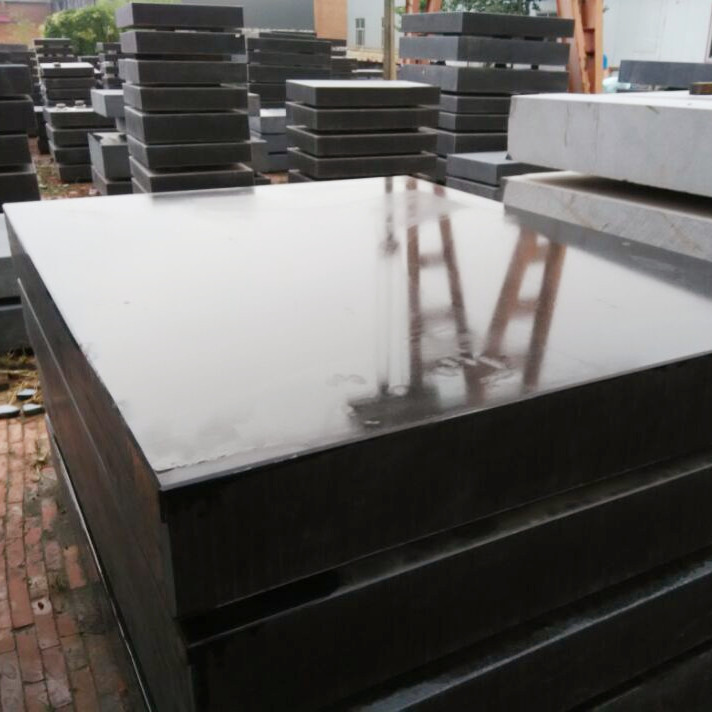Aug . 30, 2024 00:48 Back to list
High-Quality Cast Surface Plates for Precision Machining
Understanding Cast Surface Plates Essential Tools in Precision Engineering
Cast surface plates are crucial components in the realm of precision engineering and metrology. These flat precision tools provide a stable and accurate reference surface for various applications, including inspecting, marking, and assembling mechanical parts. The significance of cast surface plates is particularly evident in industries that demand high precision, such as aerospace, automotive, and manufacturing.
One of the primary advantages of cast surface plates is their durability and stability. Made from high-quality cast iron or other specialized materials, these plates are designed to withstand heavy workloads and resist wear over time. The casting process allows for uniform density and strength throughout the plate, reducing the likelihood of warping or deformation, which could compromise accuracy. By maintaining a flatness tolerance of just a few microns, cast surface plates provide the ideal working surface for technicians and engineers during quality control processes.
In addition to their structural integrity, cast surface plates offer exceptional thermal stability. Temperature changes can lead to expansion or contraction of materials, which can negatively impact the precision of measurements. With a low coefficient of thermal expansion, cast surface plates maintain their dimensions more reliably than many alternatives. This characteristic makes them especially suited for environments where temperature fluctuations are common or unavoidable.
cast surface plate

The applications of cast surface plates are diverse and can be seen across various sectors. In manufacturing, they serve as a base for machining operations, ensuring that components are correctly aligned and measured. In laboratories, cast surface plates are ideal for facilitating precise testing and calibrating of tools and instruments. Moreover, they are often used in inspections to verify the conformity of manufactured parts to specified tolerances, ensuring that quality standards are met before products reach the market.
When it comes to maintenance, cast surface plates require diligent care to ensure their longevity and functionality. Regular cleaning is essential to remove debris and contaminants that could scratch or damage the surface. Additionally, periodic calibration should be performed to confirm that the plate retains its level of accuracy. If imperfections arise, skilled technicians can often hone or grind the surface to restore its flatness, thereby extending its service life.
The choice of a cast surface plate should consider factors such as size, material, and the specific tolerances required for a given application. For instance, larger plates may be necessary for inspecting larger components or for tasks that involve multiple parts. Additionally, specialty plates, such as those treated for corrosion resistance or additional hardness, may be beneficial depending on the environment in which they will be used.
In conclusion, cast surface plates are indispensable tools in the world of precision engineering. Their robustness, stability, and versatility make them essential for a wide array of applications, from quality control to assembly. By investing in high-quality cast surface plates and maintaining them well, industries can ensure accuracy and efficiency in their operations, thereby contributing to overall productivity and success in an increasingly competitive market.
-
Why Metric Trapezoidal Thread is Ideal for Precision Motion ControlNewsAug.05,2025
-
The Unique Properties of a Block of Granite for Industrial UseNewsAug.05,2025
-
The Role of Flanged Y Strainers in Preventing Pipeline ClogsNewsAug.05,2025
-
The Importance of Regular Calibration for Master Ring GagesNewsAug.05,2025
-
How a Cast Iron Surface Table Enhances Accuracy in ManufacturingNewsAug.05,2025
-
Comparing Different Check Valve Types for Optimal Flow ControlNewsAug.05,2025
Related PRODUCTS









